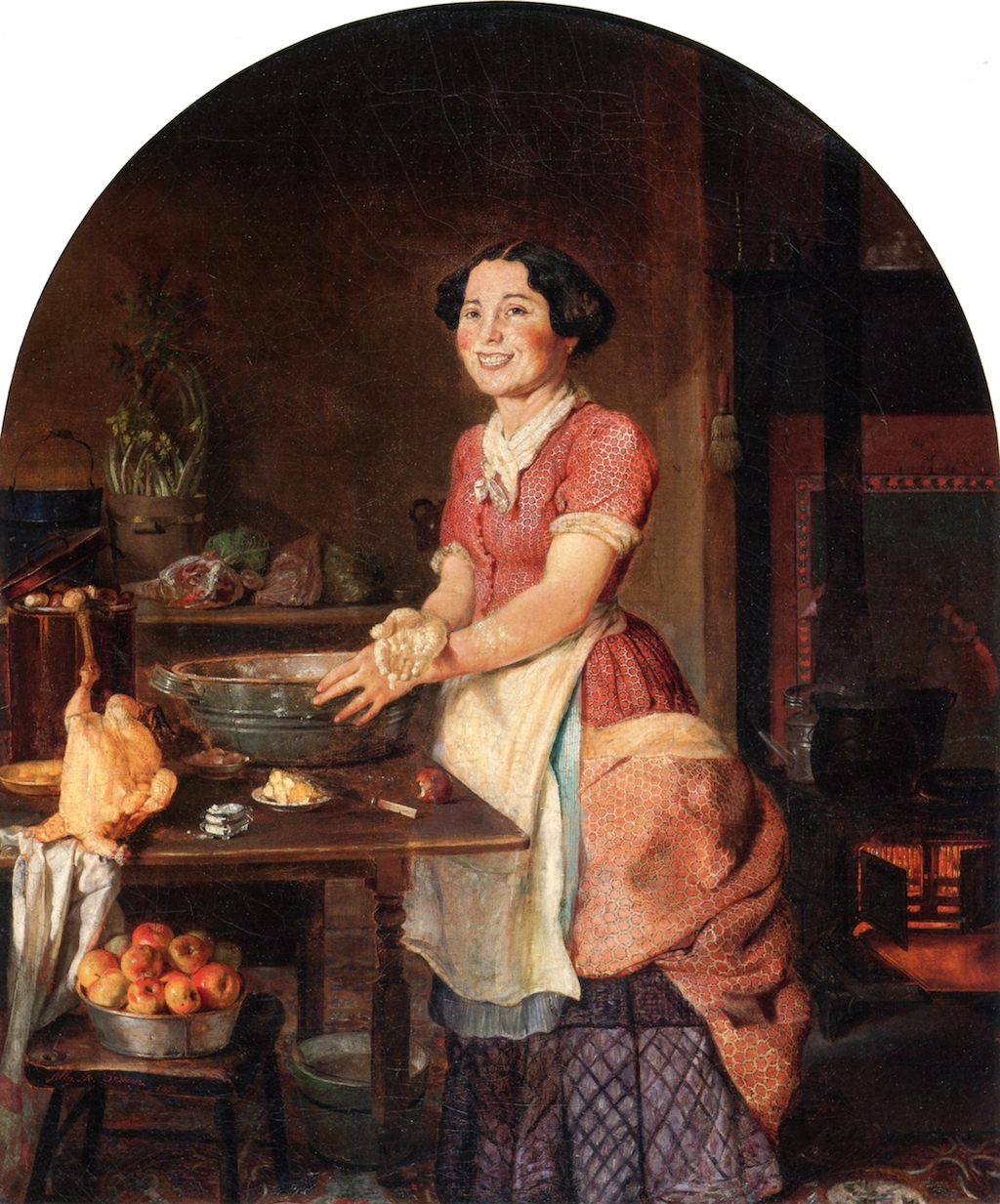
1848 brought radical shifts in the New York art world. With “Father of the Hudson River School” Thomas Cole’s untimely death in February, his brilliant young pupil Frederic Church began forging a global landscape art. William Sidney Mount was showing his familiar Long Island scenes when newcomers George Caleb Bingham and Charles Deas introduced novel pictures of life in the American West. Even more extraordinary, that year Lilly Martin Spencer (1822-1902) exhibited her first work at the city’s National Academy of Design and soon became the country’s most popular female genre painter (Ohio Historical Society).
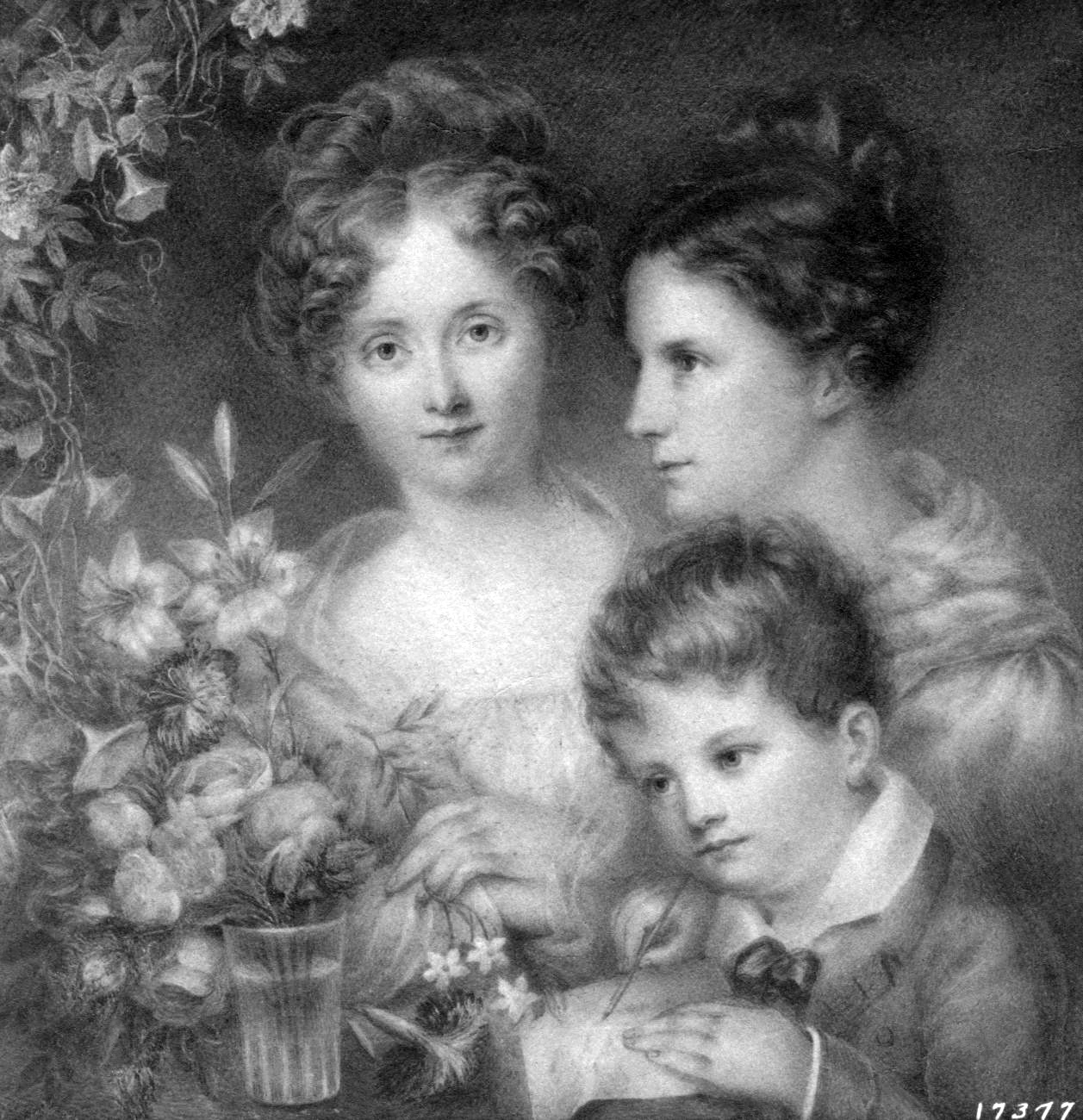
She rejected the usual “female fare:” miniatures on ivory such as those by specialist Ann Hall (New-York Historical Society), or bouquets of flowers or sentimental likenesses of children. Instead, she shattered convention with domestic subjects carrying social commentary touched with humor. It was no coincidence that her debut overlapped with the Seneca Falls Convention marking the birth of the US Women’s Rights Movement.
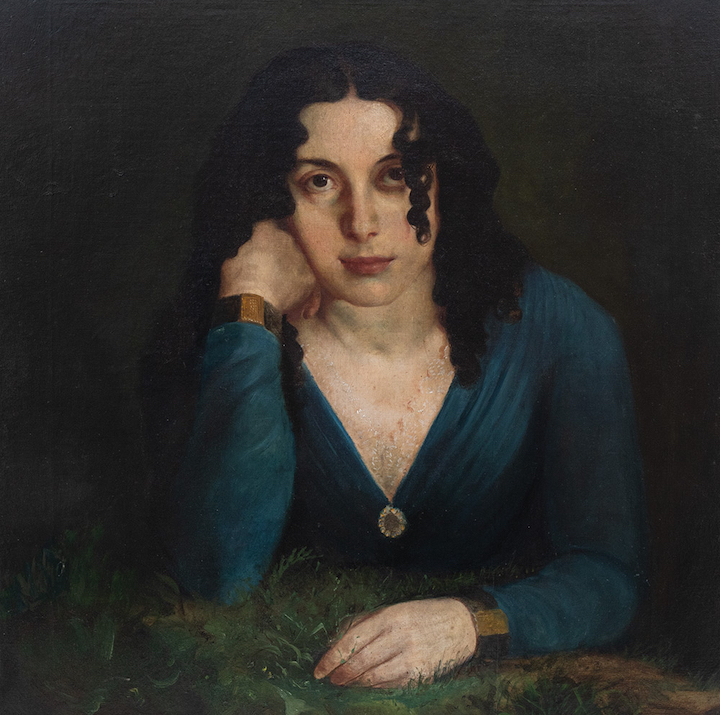
The artist insisted to her progressive mother that she had little time for political causes. Born Angélique Marie Martin, she emigrated with her family from Great Britain to Ohio, where she studied art in Cincinnati and painted a self-portrait (ca. 1840, Ohio History Connection). She married Englishman Benjamin Rush Spencer in 1844 and gave birth to 13 children, 7 of whom survived to adulthood. Since she became their principal breadwinner while her husband managed her career and their growing household, she clearly had little time for social activism. Yet her pictures portrayed upstanding and independent-minded females that reinforced the message of the women’s movement. Her Conversation Piece (ca. 1851; Metropolitan Museum) skillfully depicts a family group in their middle-class parlor.
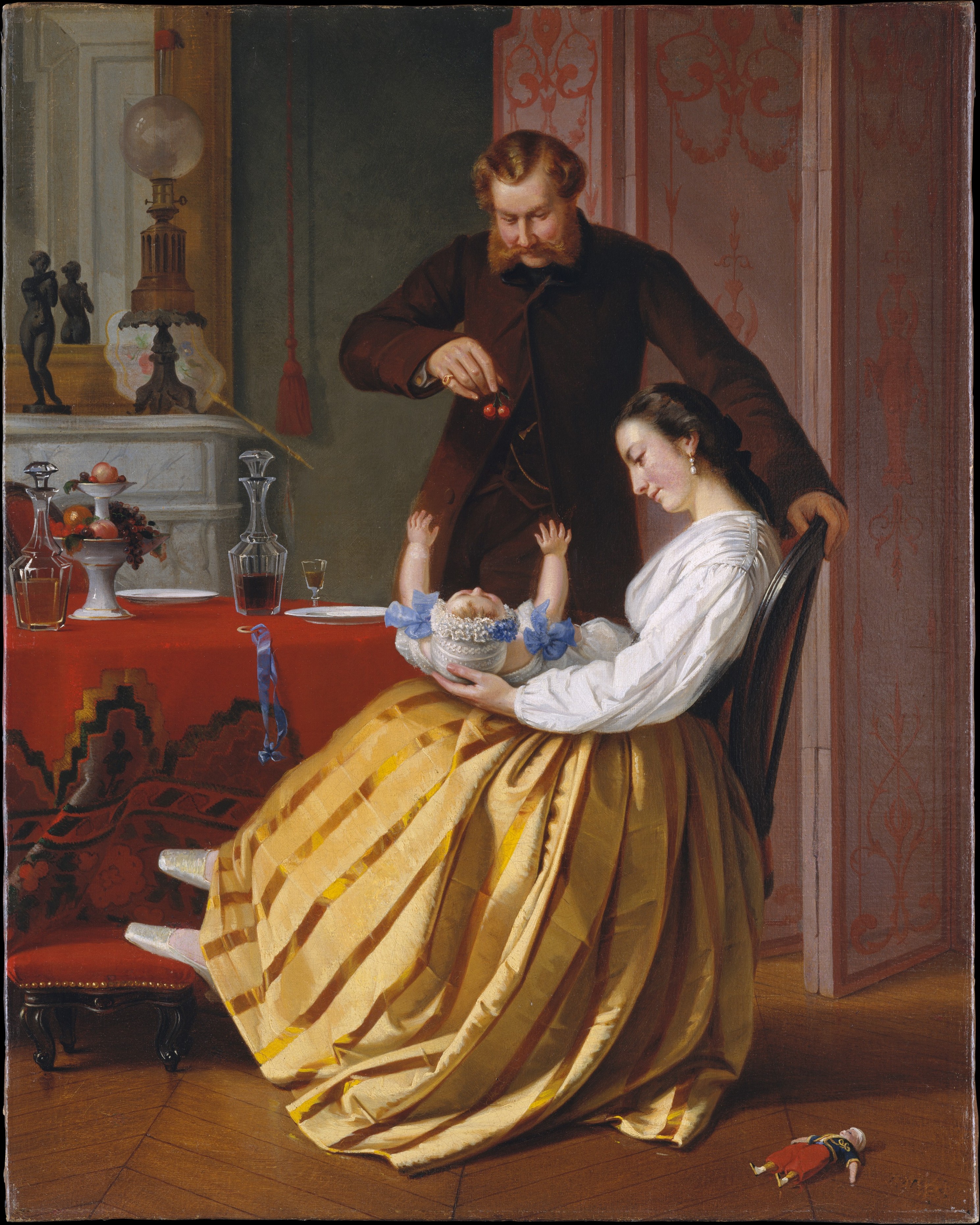
As usual, she serves as the model for the mother who lovingly cradles her young child while her husband modeled for the male figure who stands protectively over them. Decorative objects including lamps, compotes, table coverings and carpets assure us that this housewife runs an orderly home in which to educate their child.
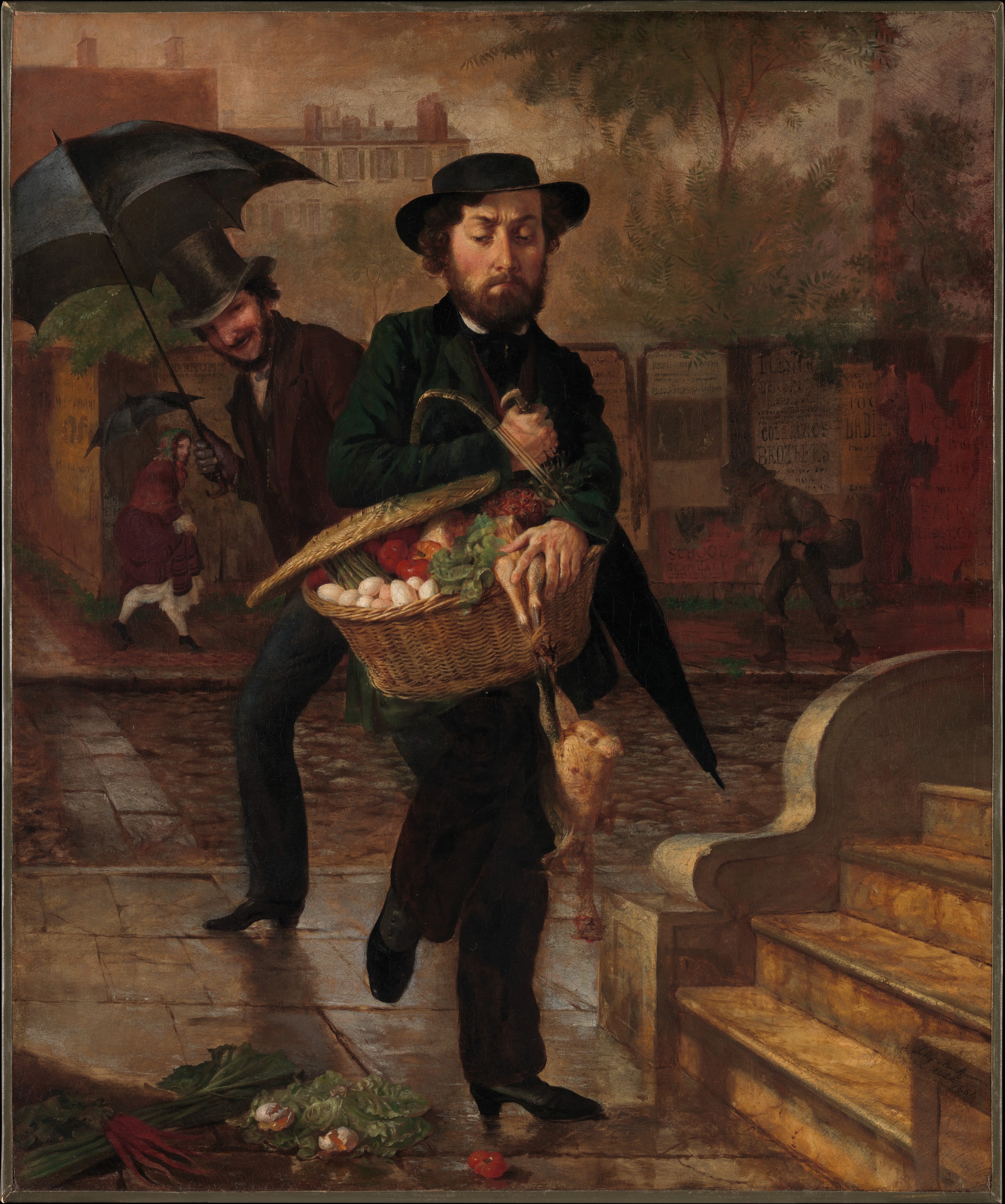
Gender relations were not always so trouble free, as other pictures by Spencer reveal. In Young Husband: First Marketing the artist’s husband appears again in a narrative that reveals fissures beneath the façade of domestic harmony. Shirking one of her duties, the wife has sent her husband out to purchase food for dinner. Ill-equipped for his task, he stumbles along, barely able to keep the food items in his basket, while a passer-by jeers at him. The streetscape is rendered in precise detail, with billboards posted on the fence behind the figures and cobblestones slick with rain. In the “sequel” to this scene Spencer painted Young Wife: First Stew (1854; Metropolitan Museum) where she – the inexperienced cook – must prepare dinner from the items he managed to bring home. Addressing the dilemma of newly-weds struggling to run their household efficiently, Spencer not only pokes gentle fun at the young woman’s ineptitude but also introduces the novel solution of the husband undertaking the shopping – what was considered “women’s work” – even if it means ridicule from other men.
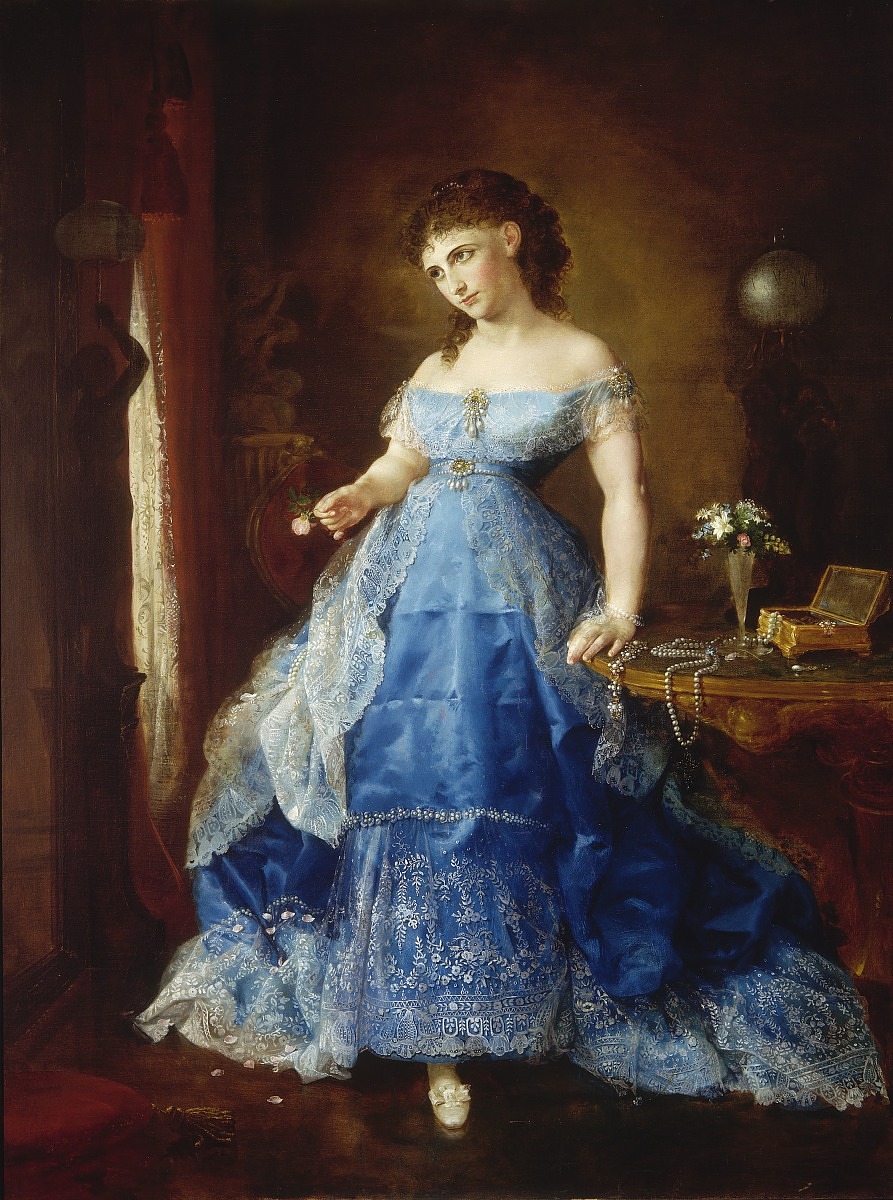
Painted fifteen years later, We Both Must Fade (1869; Smithsonian American Art Museum) provides a complex penetration into the psyche of a now middle-aged woman. A large canvas with the single figure shown life-sized, standing before a mirror, dressed in a shimmering blue satin gown accented with lace, her jewelry box and a blossom-filled vase sitting on the table just behind her. In her hand she holds a rose from which petals fall, the lamps behind her have been extinguished, and she bows her head in a pensive gesture. Accustomed to read symbolism into flowers and decorative objects, viewers understood that like the wilting flowers, her beauty too will soon fade and with it, her social standing and principal source of feminine power. In this commissioned portrait of Mrs. Fithian, the artist has formulated an allegory that addresses the fear of aging in a society that favors youth and that puts so much emphasis – then as now – on surface appearances. Spencer like her contemporary Frederic Church continued to paint until shortly before her death but it was in these key decades of the 1850s and the 1860s that they had their fingers on the pulse of the country. In that era Spencer produced works that addressed domesticity and gender relations with originality and humor. Happy Birthday Lilly Martin Spencer, whose birth 200 years ago we celebrate today!